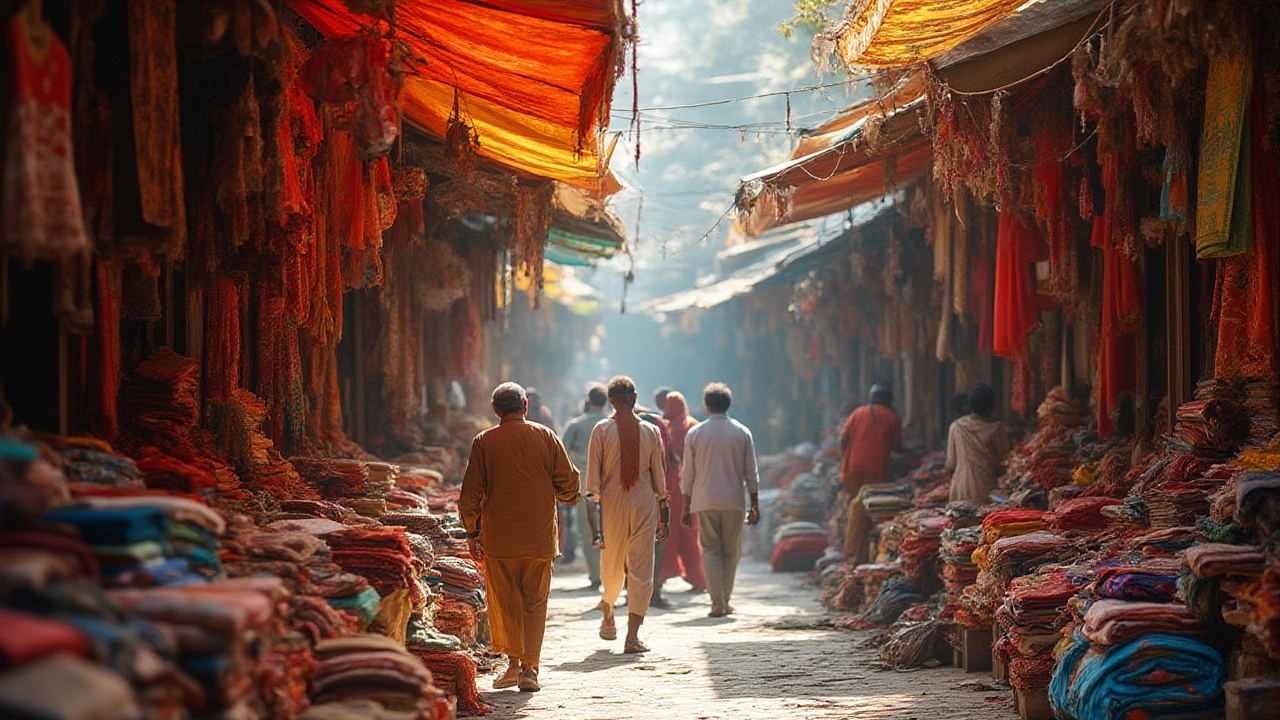Global Fabric Sourcing: How to Find the Best Materials Worldwide
Looking for the perfect fabric without blowing your budget? Going global can unlock cheaper prices, unique textures, and faster innovation. But it also brings new challenges – shipping delays, language barriers, and quality checks. This guide walks you through the whole process, step by step.
Why Look Beyond Local Suppliers?
Local mills are convenient, yet they often charge a premium for the same yarns you can get abroad. Countries like Bangladesh, Vietnam, and Turkey specialize in certain blends, giving you access to fabrics that simply aren’t produced nearby. By expanding your search, you can lower material costs by 20‑30% and add fresh design options to your product line.
Another win is production capacity. Large Asian factories can handle big orders that might overwhelm a small domestic supplier. If you’re scaling up, a foreign partner can keep up with demand while you focus on design and marketing.
Tips for Successful International Fabric Procurement
1. **Start with a clear spec sheet** – List fiber content, weight, weave, color, and finish. The more detail you give, the fewer misunderstandings later.
2. **Ask for samples** – A physical swatch tells you everything a photo can’t – feel, shrinkage, and how the fabric behaves after washing.
3. **Check certifications** – Look for OEKO‑Tex, GOTS, or ISO standards to ensure safety and sustainability. This also helps you meet buyer expectations.
4. **Use a reliable sourcing platform** – Websites like Alibaba, Global Sources, or specialized textile marketplaces let you filter by country, minimum order, and verified supplier status.
5. **Negotiate terms early** – Ask about payment options, lead times, and who covers customs duties. A small payment buffer (10‑15% of order value) protects you from unexpected fees.
6. **Plan logistics** – Choose between sea freight (cheaper, slower) and air freight (fast, pricier). Factor in port handling, warehousing, and possible import duties.
7. **Visit factories if you can** – A short trip to the production site builds trust and lets you see quality control in action. If a visit isn’t feasible, request a video tour.
8. **Set up a quality inspection** – Hire a third‑party auditor to check the fabric before it ships. Spotting defects early saves you from costly returns.
9. **Maintain communication** – Keep a regular schedule for updates. Simple emails or messaging apps keep both sides aligned and reduce delays.
10. **Track performance** – After each order, record cost, lead time, and any issues. Over time you’ll see which suppliers consistently deliver value.
By following these steps, you turn global sourcing from a risky gamble into a strategic advantage. The right fabric partner can boost your product’s appeal, cut costs, and keep your supply chain resilient.
Ready to start? Pick one fabric type you need, search for three verified suppliers, request samples, and compare them against the checklist above. The first successful order will open the door to a world of options you never knew existed.

Best Countries for Wholesale Fabric: Top Global Suppliers and Sourcing Tips
Discover the world's top wholesale fabric countries with insider tips, real data, and sourcing tricks for finding the perfect supply partner for your needs.
